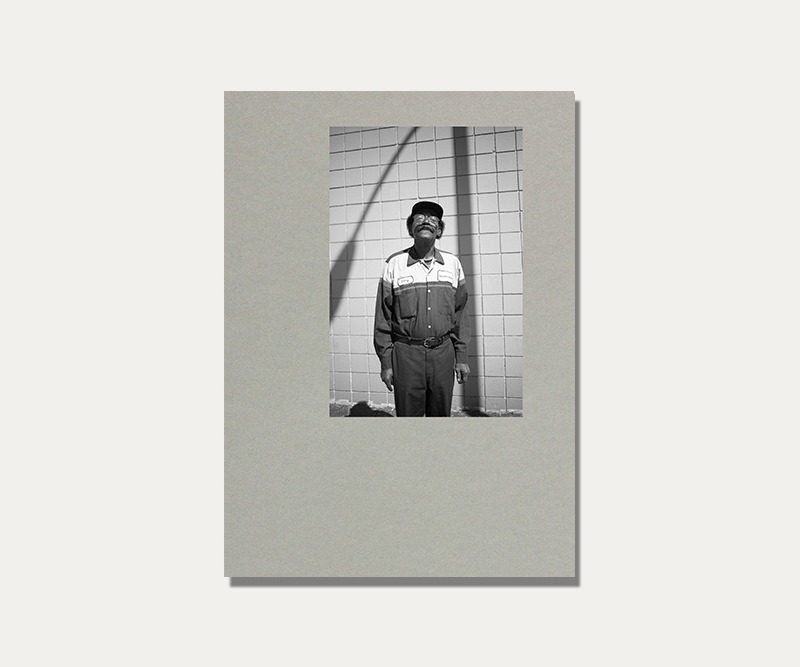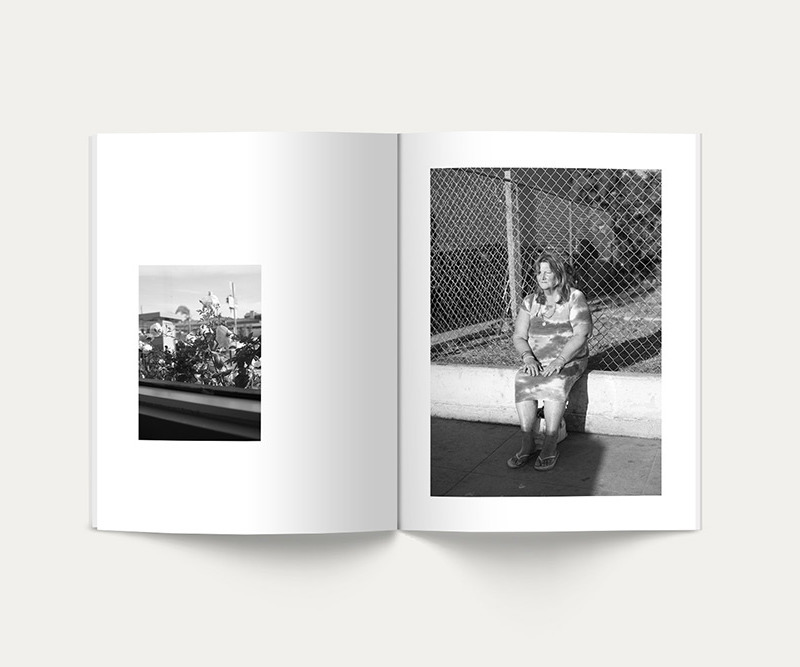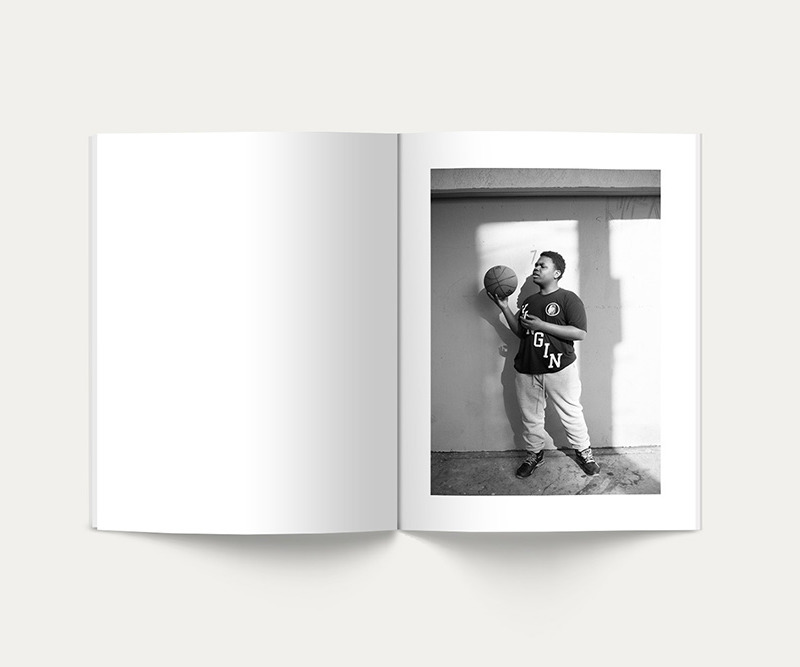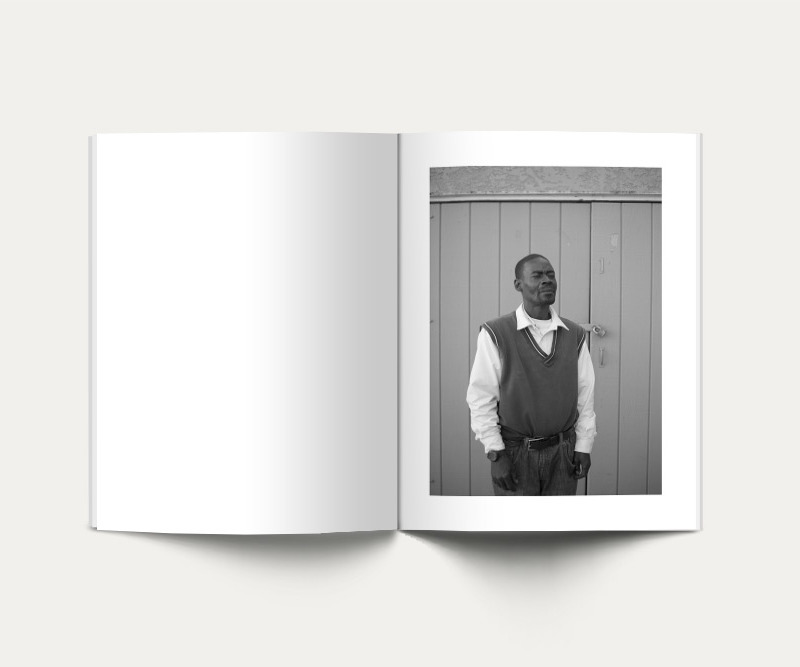Interview – Kovi Konowiecki
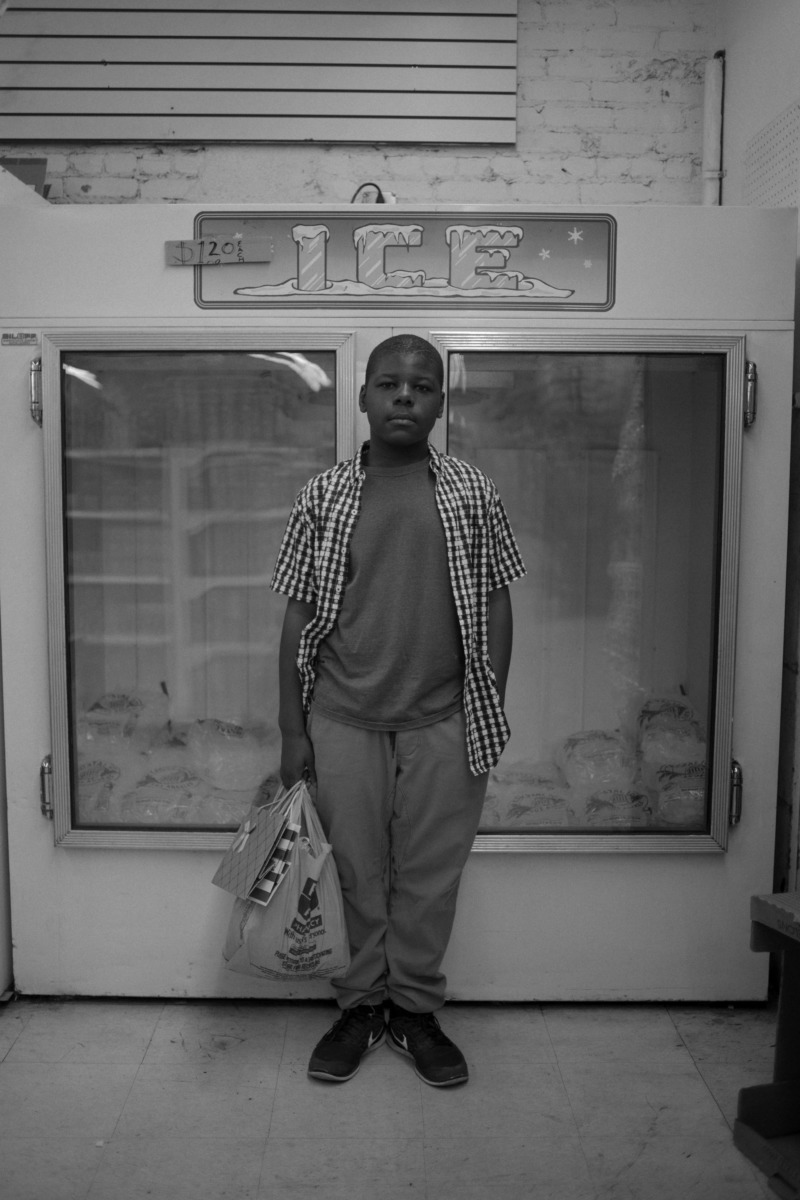
Kovi Konowiecki was born in Long Beach, California, 1992 and is currently based between Long Beach and Mexico City. He holds a BA in Media Communications from Wake Forest University and an MA in Photography from University of the Arts London. In 2016 Konowiecki won Third Prize in the Taylor Wessing Photographic Portrait Prize, with compelling portraits from his series Bei Mir Bistu Shein documenting members of a large Orthodox Jewish family. In 2018, he co-founded Mula Press, to explore his love for bookmaking and to publish personal projects and special artist editions. In 2018, after a brief stint playing professional soccer in Europe, Konowiecki turned to photography focusing on his childhood home, where he completed his new series Cherry Ave.
Cherry Ave combines portraiture and still life in a lyrical documentation of Konowiecki’s hometown. The photographs portray a particular area of Long Beach and the surrounding neighbourhood where he grew up, highlighting the beauty of familiarity and the idea of home through the people and the places.
Cherry Ave was selected for the Paper Journal Annual 2019, launching at Offprint, London on 18 May.
Could you tell us a little about your background and what attracted you to photography?
My grandfather used to collect cameras, so I grew up messing around with old cameras as a kid. I was also very fortunate to grow up in a home with parents that love art. Photography was just a hobby though for me growing up, nothing I ever took seriously. It wasn’t until after college that I realized I wanted to be a photographer and I wanted to dedicate my time to making photographs. A switch sort of when on inside me. I was actually playing football (soccer) overseas for a professional club when I realized that I was thinking way more about making photos than football. I have always been attracted to the physicality of photography, and the ability to make a print or a book out of a single image. I also fell in love with its immediacy, as opposed to the often long process of moving image.
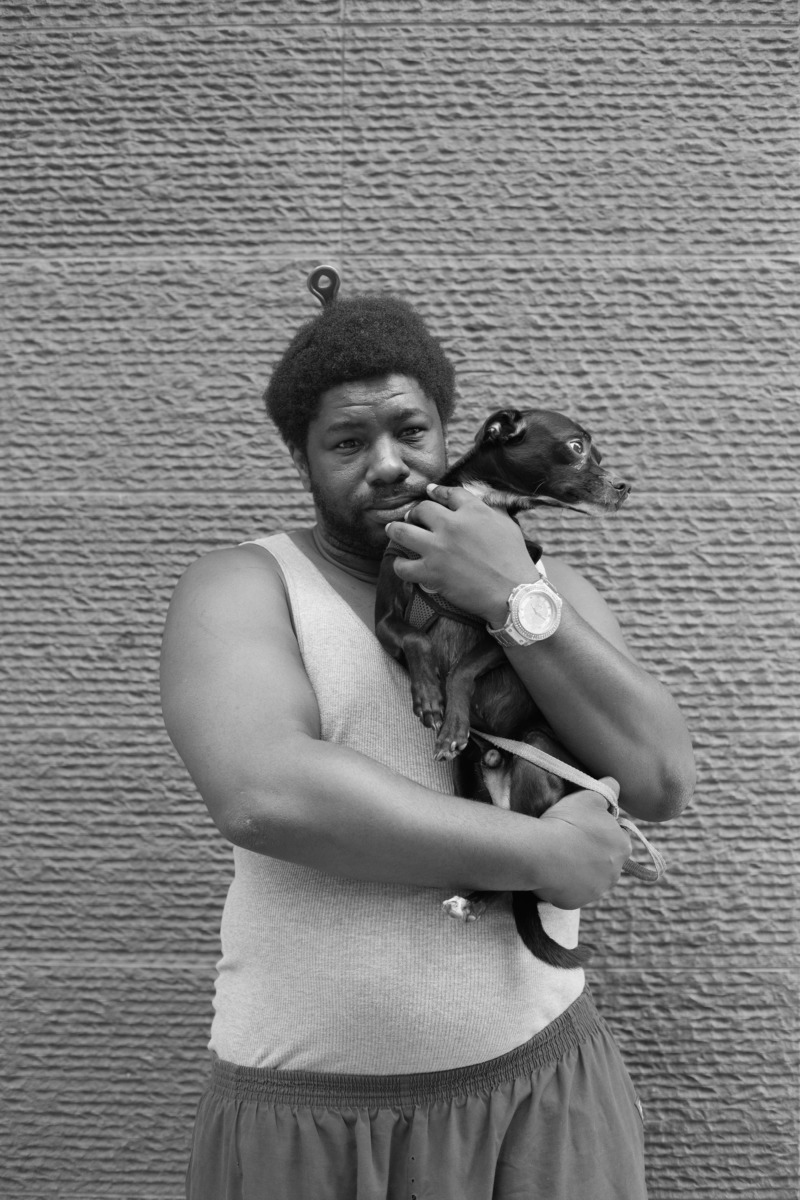
Cherry Ave is a project that focuses on subjects from myriad backgrounds documenting the inhabitants of Long Beach, California. Would you tell us about what motivated this series?
I started making Delivering Flowers to Grandpa Jack during my masters, and Cherry Ave sort of grew out of that process. I spent a lot of time roaming around local neighbourhoods in Long Beach, looking for people and things to photograph. I oftentimes work on several projects simultaneously, that is my personality. Cherry Ave mirrors Delivering Flowers in some ways, in terms of the subjects in the project and the type of photographs (colour vs black and white for example). Similarly to Delivering Flowers, Cherry Ave very much focuses on the mundane and the everyday. I’m really interested in this idea of how things stay the same over time and making photographs that can’t be placed in any particular time period.
Photography has long been a channel for expression and used to make sense of the world, for both the artist and the viewer. Do you view photography as a tool in this way? How do you think photography should respond to the times in which we live?
Photography is definitely a tool to interact with the world around me. It allows me to meet people that I would have never met before, both locally and on the other side of the world. My work deals with my fears and my anxieties about the world around me, and there is something of me in all of the pictures I make. They are all made through my eyes and my lens. The camera really does serve as a window when I am making pictures, I would say less so in the obvious way of me looking through the glass, but rather as a window that is dividing me and my subjects. No matter how close I am physically and emotionally to the people I photograph, there is always this divider between us, and I really love that aspect of photography.
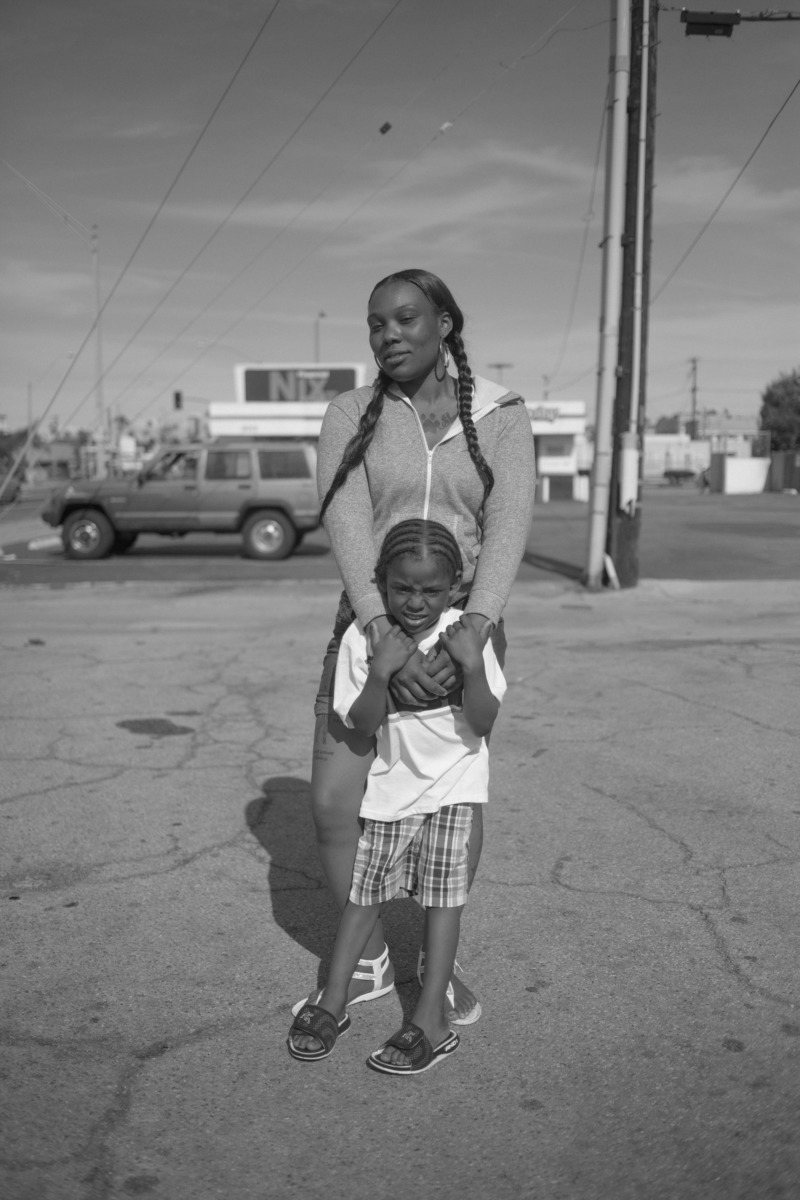
My work deals with my fears and my anxieties about the world around me, and there is something of me in all of the pictures I make. They are all made through my eyes and my lens.
Looking at your works, I see your role as an observer, conduit and mediator all in once. Who are the people we are seeing? What do you enjoy about this form of collaboration?
The people from Cherry Ave are people that I identify with in some way. The process of asking someone if I can photograph them is very intuitive for me. Most times I can’t really explain why I choose to photograph a specific person, it just happens. That is a really fun process for me, as I have no idea the type of people I will meet on any given day. As you noted above, Cherry Ave contains portraits of individuals from many different ages and backgrounds—from youth skaters to people that hang around the local liquor store. Aside from Long Beach being my hometown, there is a grittiness and “realness” to Long Beach that makes it really appealing to photograph for me. I feel connected on one hand and completely disconnected on the other. Visually, I’m not a huge fan of photographing ‘new things’, whatever that even means. My visual intention was to create a body of work that doesn’t seem old but also not particularly contemporary; to photograph a place where time stands still for me.
You mentioned that the people depicted in your project exist in a setting created by your perception of home—a place that remains intimate and ageless—an embodiment of the feeling that no matter how many years pass there are certain things that never change. What is it about this topic that interests you?
I think there is something very poetic about looking at things age. Living away from California for many years, I really started to appreciate the little things when I came back. I started seeing my hometown in a way that I hadn’t seen it before. I started noticing the same guy that hangs out on the corner of Cherry and 4th every day at 3pm, and the guy that gets groceries across the street from me every Tuesday right before the street lights go on in the evening. I think there is something really beautiful and personal about taking pictures of people and things that most people would never think twice about. That is what home represents for me.
What is the most intimate moment that you have when you’re making a photograph? Is it when you’re behind the camera itself?
Yes, when I am behind the camera, I am able to capture the people I photograph in their most vulnerable moments, as they often times get lost in their own thoughts. They are able to escape their life for a split second or a brief few minutes. There is an intimacy in this exchange that I cherish very much.
There is definitely something very special about communicating with a complete stranger. Sometimes I walk up to people thinking in my head that there is no way they will say yes to me, and they end up being overwhelmingly kind and we chat for an hour about our lives. This unpredictability is definitely very special. Sometimes it isn’t until after I take a portrait that the subject really opens up. It is really quite fascinating to see how people react.
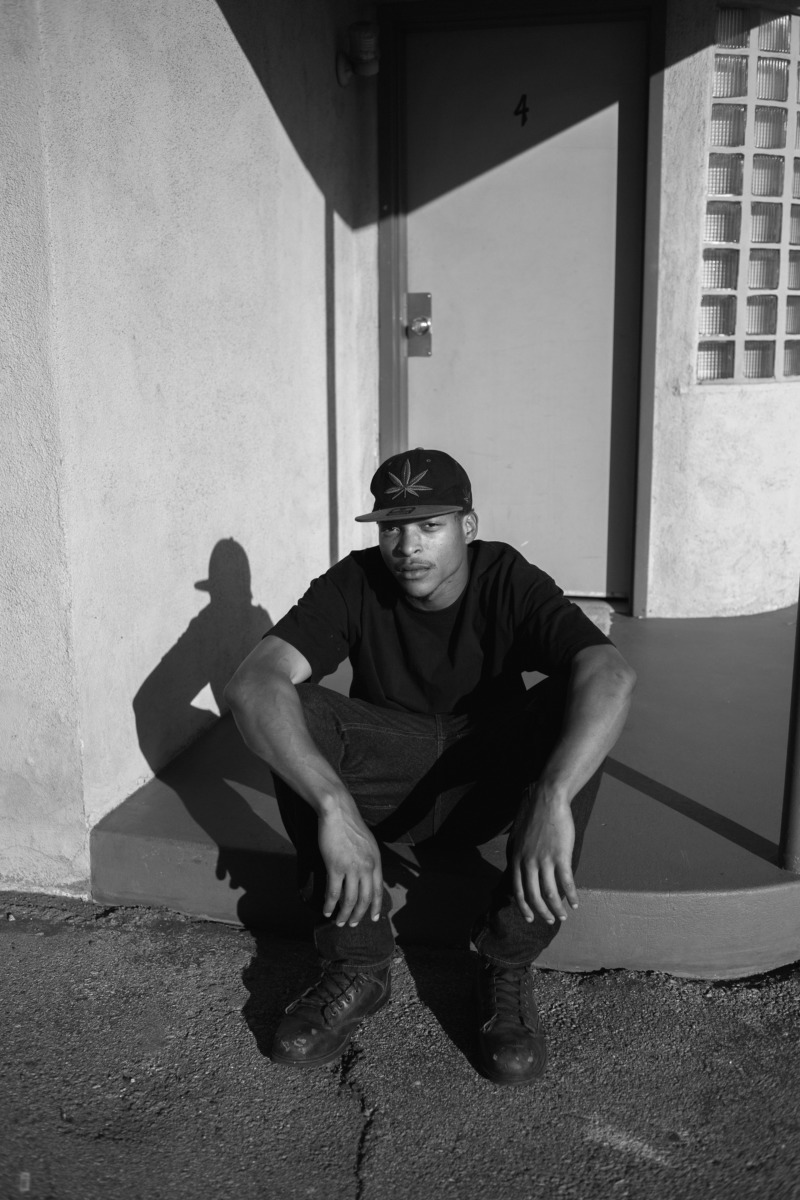
I feel like every time I make a picture I have grown as an artist. Even if it’s a really shitty picture.
It seems to me that your relation to portrait-making has slightly changed over time. In Cherry Ave there is a feeling of exchange and connection while in projects such as The Hawks Come Up Before the Sun and Borderlands is more about separation and distance. How has that dynamic evolved?
As you mention, I negotiate between several dynamics of making portraits. It really depends on my environment and my surroundings. In projects like The Hawks Come Up Before the Sun, I am oftentimes working in vast, unconfined spaces, and I think this feeling of distance is often a reflection of that. I think that the urban environment of Cherry Ave gives more of this feeling of connection that you are referring to. Although the photographs were taken on the streets of the surrounding neighbourhoods of Cherry Ave, they don’t really feel like street photographs to me. There is a sense of formality in the photographs, these sort of intimate moments and interactions that I was able to create with the people I photographed. When you are photographing a boy inside of a grocery store for example, there isn’t really much room to hide as a photographer. These intimate exchanges are the driving force behind the project.
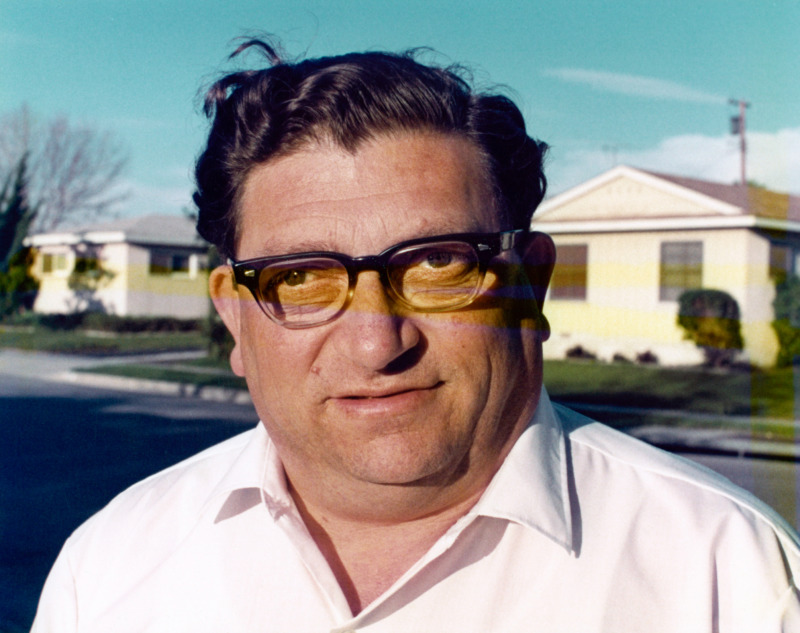
What are the key influences of your photographic experience? I’m thinking of life experiences, music you listen to, or literature which informs your world view?
My older brother has been a major influence on my photographic experience. He really opened me up to literature and poetry, which is the foundation of how I see the world. Poets like Wallace Stevens and Robinson Jeffers have impacted me in different ways, as have musicians like Lou Reed and Johnny Cash. I’d be lying if I said that I knew exactly where the elements of my photographic experience come from, there is so much around me that has influenced me and continues to influence me everyday. I feel like every time I make a picture I have grown as an artist. Even if it’s a really shitty picture.
Archive photographs have profoundly impacted me as well over the years, as they ofttimes weren’t taken for art and didn’t serve any artistic purpose. It has taught me that sometimes the most beautiful photographs are grown out of no real intention. One photograph, in particular, that has impacted me deeply is a self portrait my Grandpa Jack took in the 1960s. I wasn’t lucky enough to meet my Grandpa, but it is one of my favourite images.
Do you have any current projects that you are working on that you would like to discuss?
Aside from working on Borderlands in book form, I have a project called Driftwood that I am really excited about. It’s a second chapter—of sorts—to The Hawks Come Up Before the Sun. The photographs show people that, for the most part, live isolated lives in the California desert that are guided by the legends of the glowing moon and the path of the fading sun.
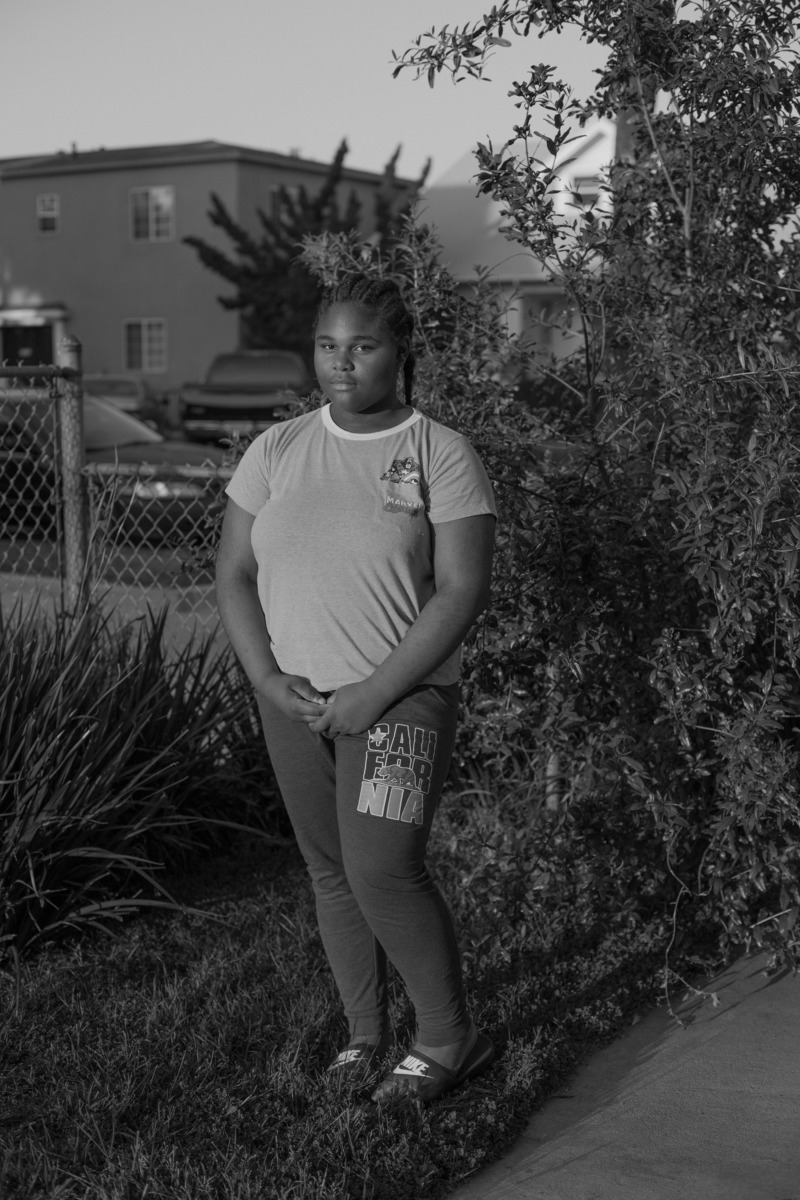
Cherry Ave, Kovi Konowiecki (Paper Journal, 2019) book launch and signing takes place at Offprint, Tate Modern, London, Saturday 18 May 2019 at 5pm.

